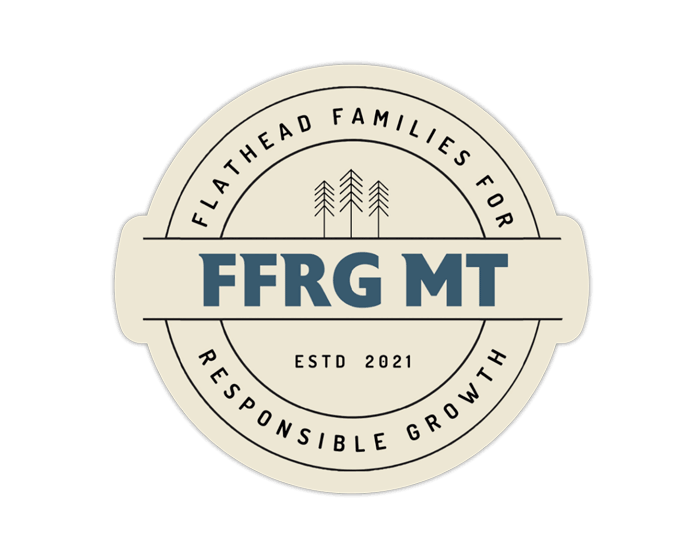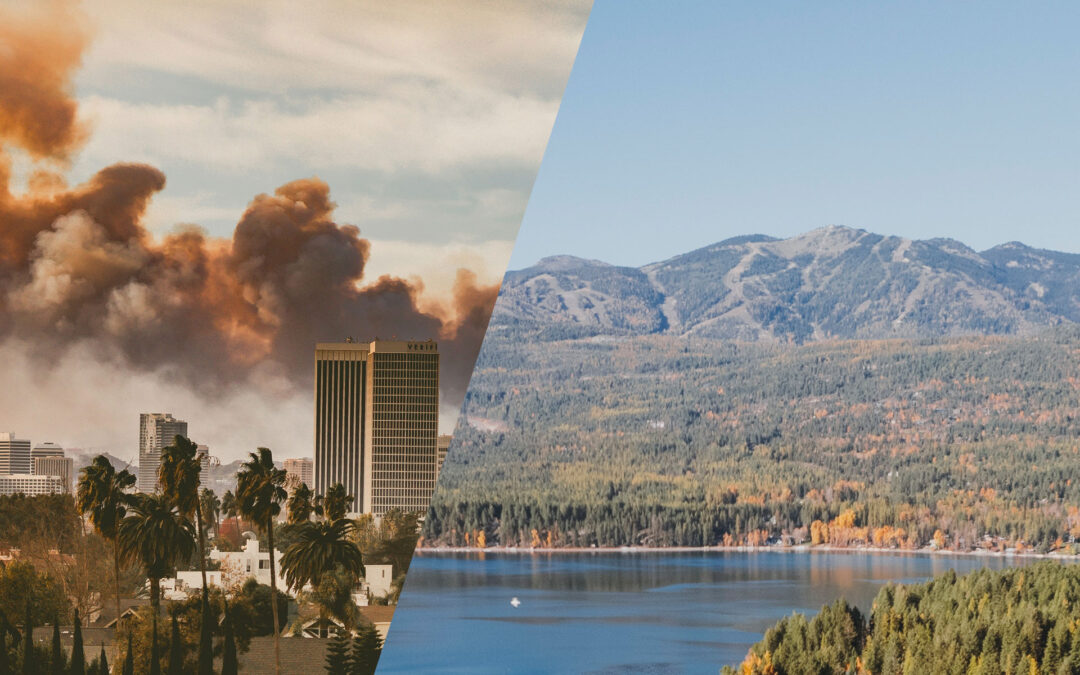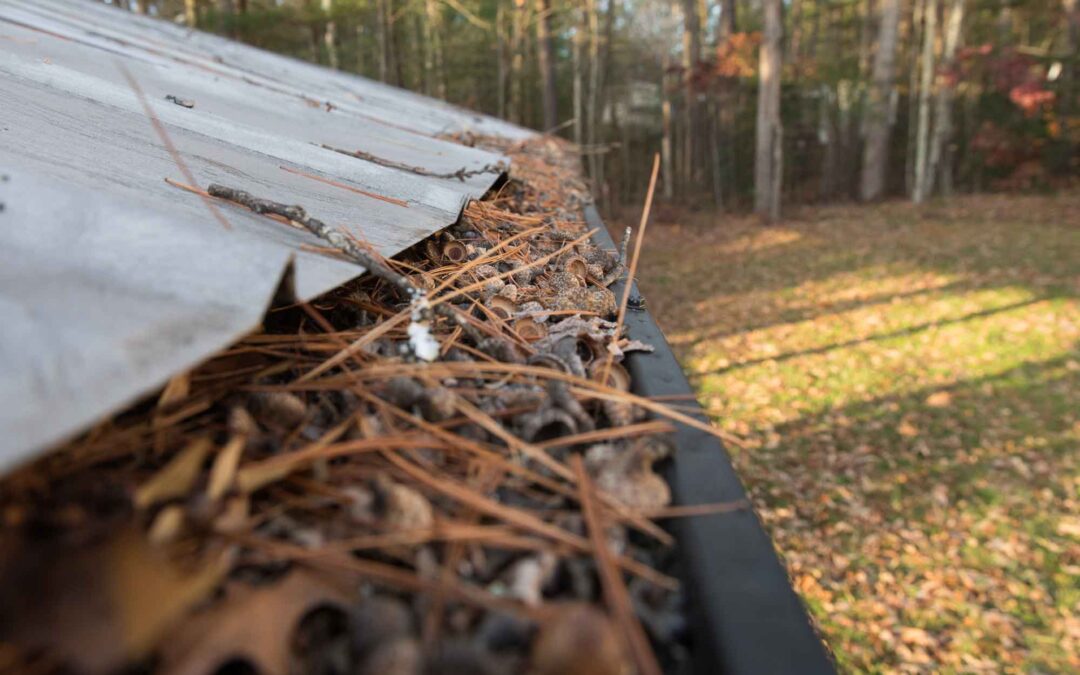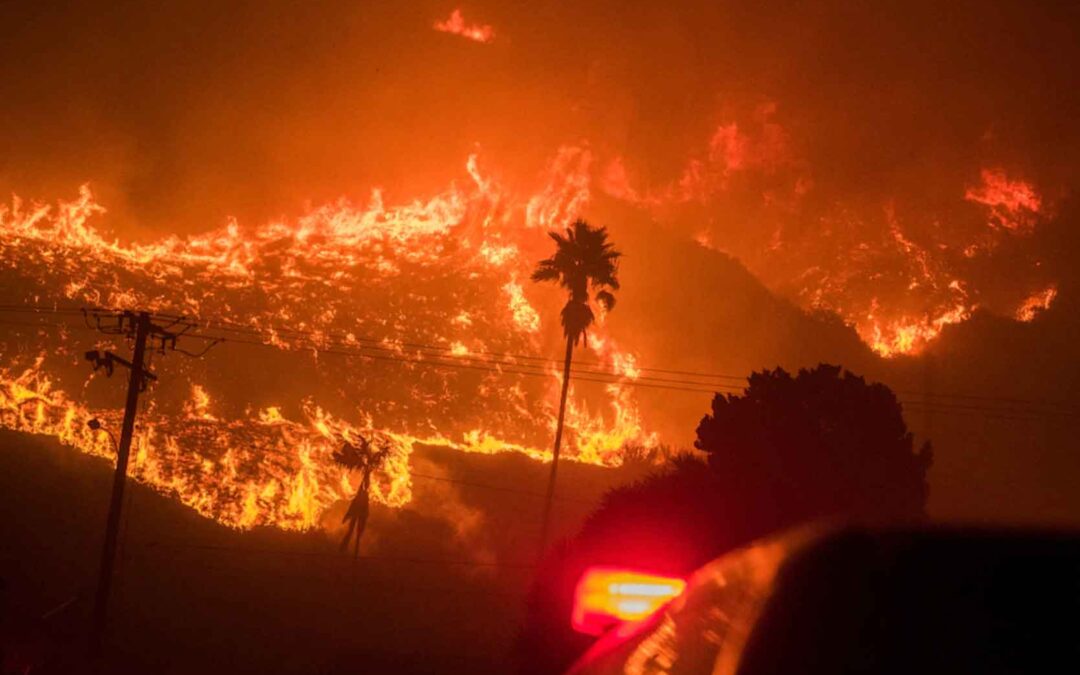The scientists studied data from Monitoring Trends in Burn Severity, a federal interagency program that tracks burn severity over time in the United States. The data spans from 1984 to 2018 and covers more than 28,000 fires over 1,000 acres in size in the West and 500 acres in size in the East.
Since 2005, the analysis shows, fire frequency grew nationwide. In the East and West, fires became twice as frequent, and they became four times as frequent in the Great Plains. As frequency grew, so did acreage, with the average size ballooning. In 2018, 2½ times more acreage was destroyed in the West each year compared with the previous two decades. The number rose 178 percent in the East.
The team attributes the change to drought, but humans are also to blame: Human-caused climate change has dried out many areas, and 84 percent of the fires were started by humans and not other factors such as lightning strikes.
Americans need to “rethink our priorities,” the researchers write, participating in a challenging and ongoing conversation about how to address the changing fire outlook.
But for now, the outlook is grim, says William Travis, deputy director of the University of Colorado Boulder’s Earth Lab and a co-author of the paper. “More large fires plus intensifying development mean that the worst fire disasters are still to come,” he says in a news release.



